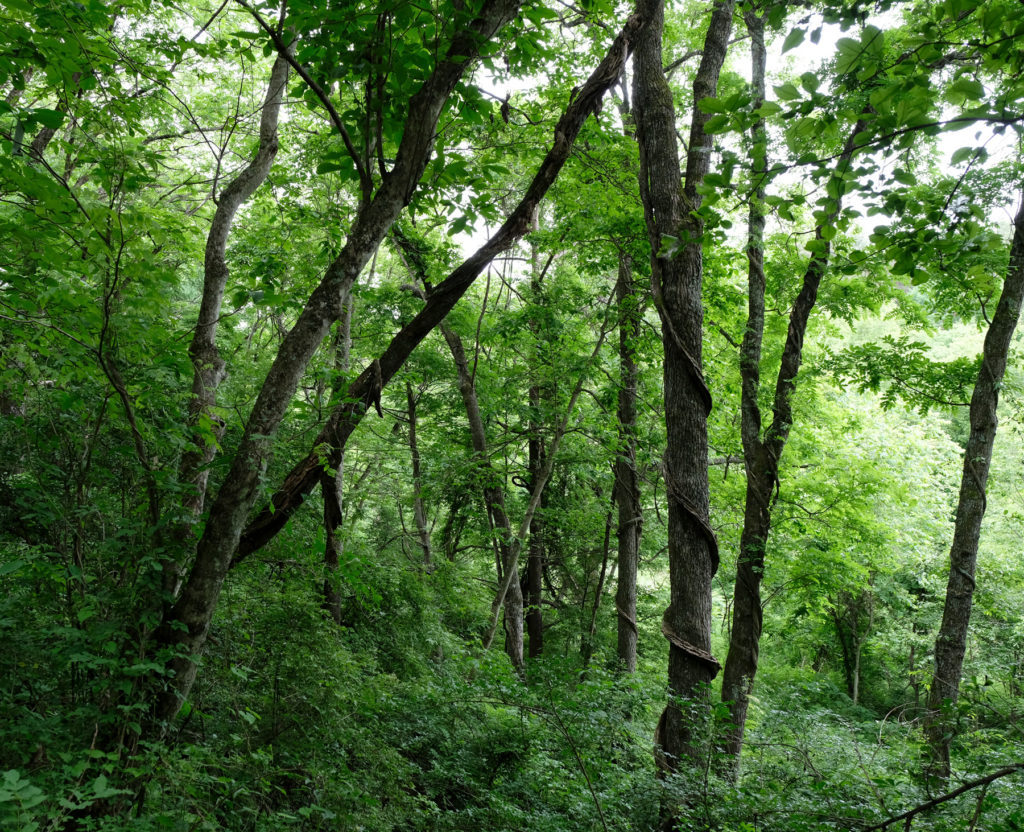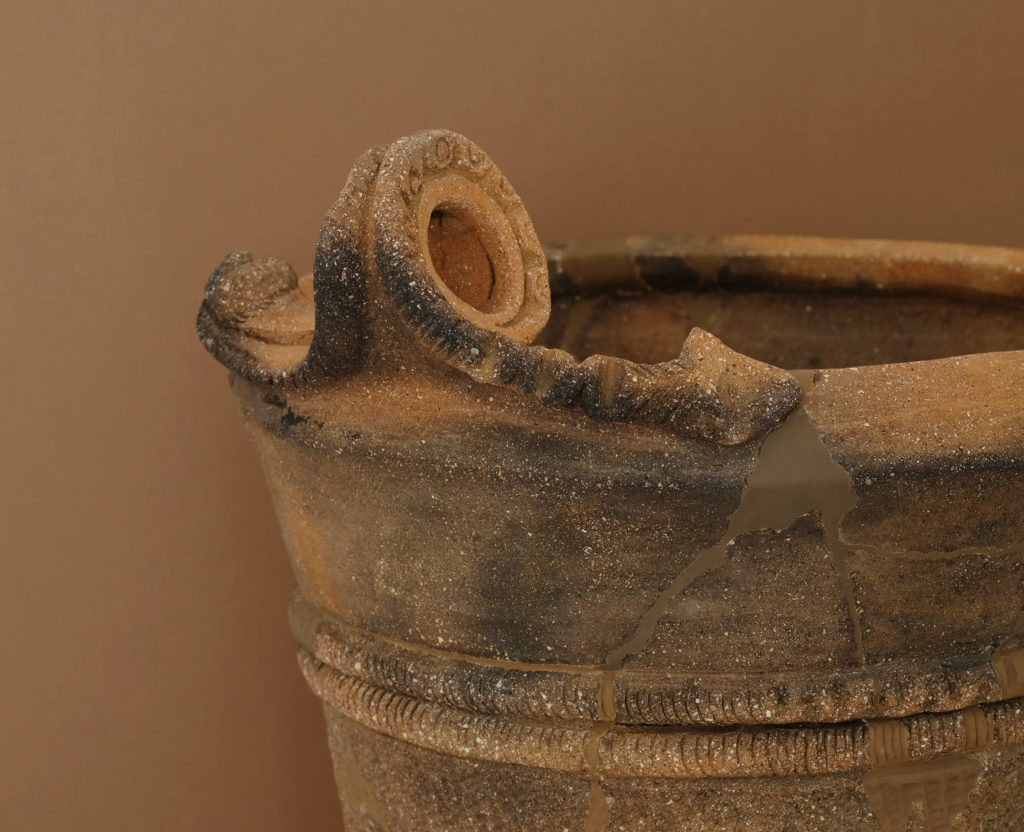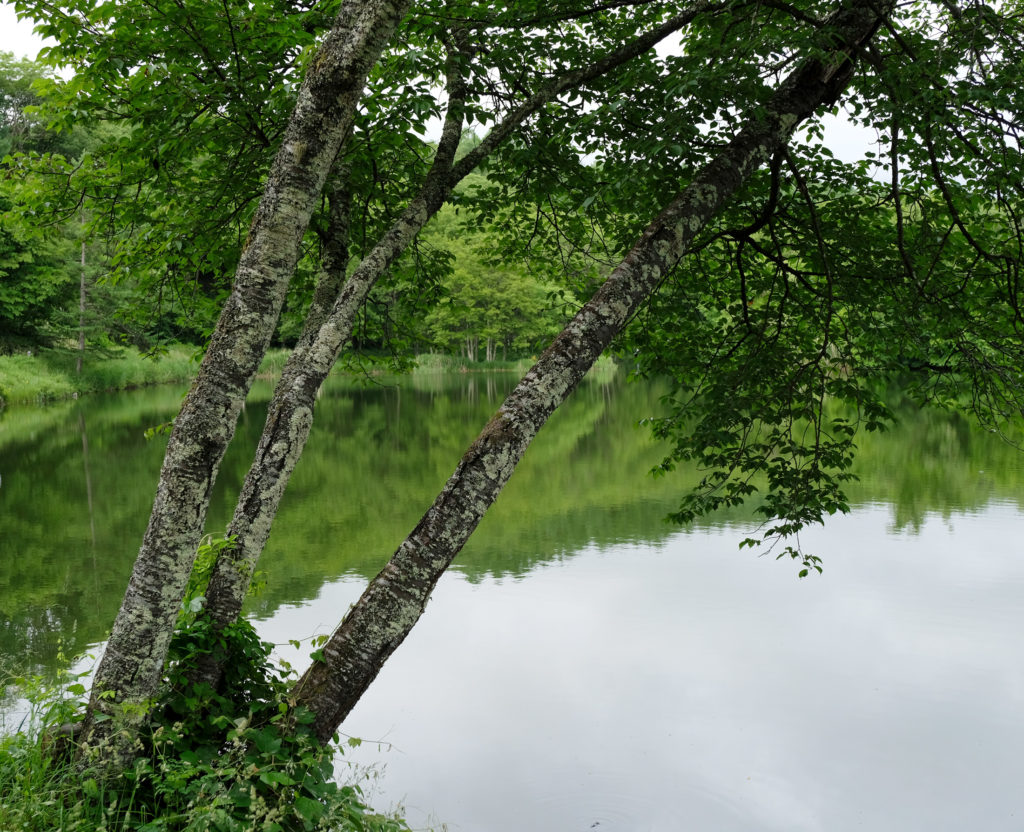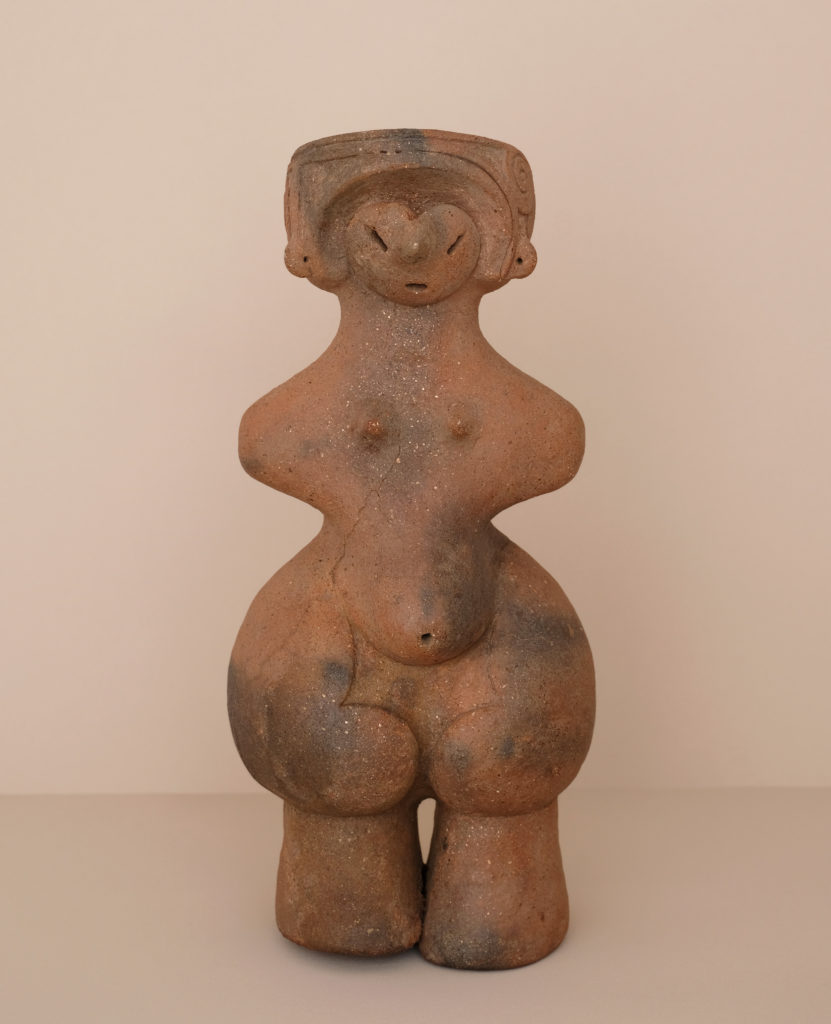Jomon Venus—An Image of the “Great Mother”
This will be the eighth year since the beginning of my Jomon fieldwork. In the meantime, Japan was hit by many serious natural disasters, and whether or not that’s a factor, it feels as if the word Jomon is making its way into newspapers and magazines with increasing frequency lately. Just as I was feeling hopeful that a movement may be on the rise to revisit the basic, deep culture of Japan, a special exhibition opened at the Tokyo National Museum, in Ueno, titled “Jomon: 10,000 Years of Prehistoric Art in Japan.” I bet dogu clay figurines play a key role there too.
It makes me happy that in recent years, dogu seem to have grown into familiar and fond objects not only for people well versed in archaeology but also for the wider public in general. The reasons for attraction must vary. One person might recognize the allure behind the figurines’ distinct expressions, and another person might fantasize about their use (it remains a mystery even today). My investigation into the speculations about dogu made in archaeological circles reveals two broad theories. One, dogu were used as effigies: A great number of dogu have been found with the head, torso, and limbs broken or detached, suggesting that the figurines may have been used to pray for recovery from illness. And two, dogu represented the Mother Goddess: Many dogu are modeled as female, and many of them are shaped to express pregnancy, implying that the figurines may have been used to pray for fertility and the prosperity of descendants.

That being said, each figurine is sure to have its own unique story too. My personal recommendation for new fans is to start out by bearing the two theories in mind while also taking a close look at each individual object. Also, study up on the circumstances under which the object was unearthed, because those circumstances might have been created at the hands of the Jomon people.
As an example, let’s take a look at the Jomon Venus (ca. 5,000–4,000 years ago; collection of Chino City), designated a National Treasure, presented here. The figurine was unearthed at the Tanabatake site, located at the southern foot of Mt. Kirigamine, known to produce some of the finest obsidian in Japan and offering a sweeping view of the Yatsugatake Mountains straight ahead. Excavation work revealed a Jomon settlement arranged in a circle, with dwellings dotting the periphery of a plaza. This plaza is believed to have been a cemetery, and the Jomon Venus was found lying unbroken, facing west, in the burial pit in the center—as if she were interred there.


Facing the 27-centimeter-high dogu, Akira Yamashina, a curator at the Chino City Togariishi Museum of Jomon Archaeology, gave me an explanation of the artifact’s beauty of form, and above all, of its large size. So far, the general agreement among researchers seems to be that small clay figurines were made to be broken, and large ones like this for the common good of the settlement. Mr. Yamashina, however, believes this one was modeled on a symbolic “first mother” figure, and that is why it was buried intact. His theory stems from an actual example from the Late Jomon (4,400–3,200 years ago), following the era of the Jomon Venus, where an analysis was performed on all the genes remaining in human bones unearthed at a certain site. The results showed that all the villagers who lived there descended from one specific woman. That is, the site may represent a matrilineal society, where the men marry into the families of the women.
I admired the shimmering mica on the chest of the Jomon Venus and tried to picture a real-life Great Mother. The maker of the dogu, the guardians of the figurine, and the villagers who kept its story alive by word of mouth—the image of a whole community of Jomon people came to my mind.
< PAPERSKY no.57(2018)>

Jomon Fieldwork | Nao Tsuda × Lucas B.B. Interview
A conversation between ‘Jomon Fieldwork’ Photographer and writer Nao Tsuda and Papersky’s Editor-in-chief Lucas B.B. The two discuss the ways Jomon culture continues to play an important role in modern day Japan. The video was filmed at Papersky’s office in Shibuya in conjunction with Tsuda’s exhibition “Eyes of the Lake and Mother Mountain Plate” held at the Yatsugatake Museum in Nagano.
Nao Tsuda | Photographer
Through his world travels he has been pointing his lens both into the ancient past and towards the future to translate the story of people and their natural world.
tsudanao.com











